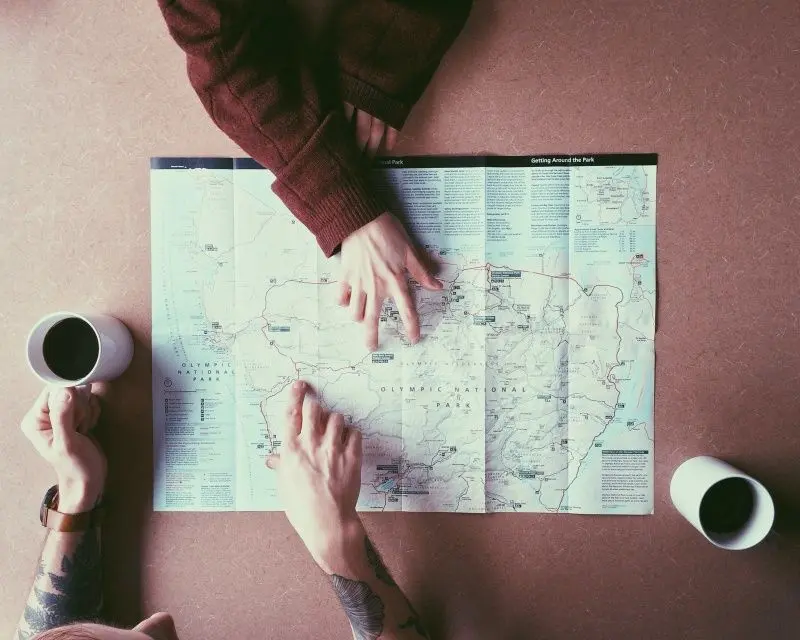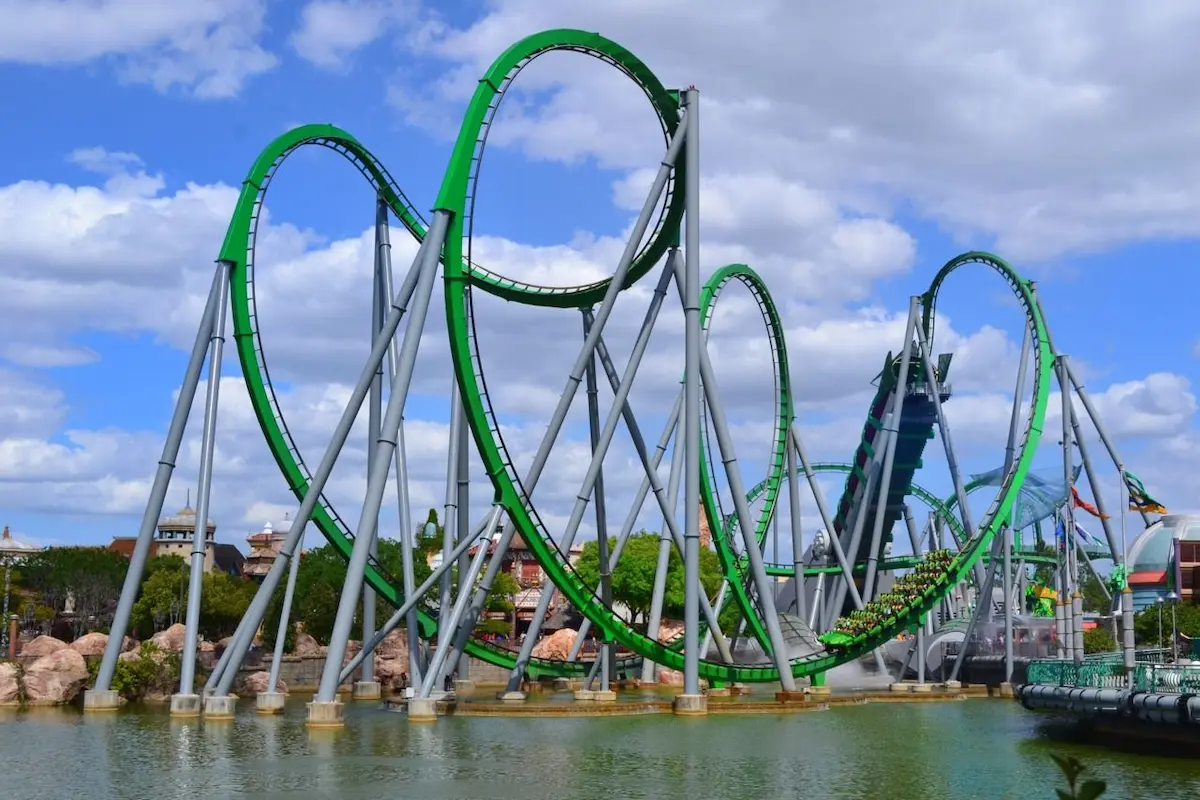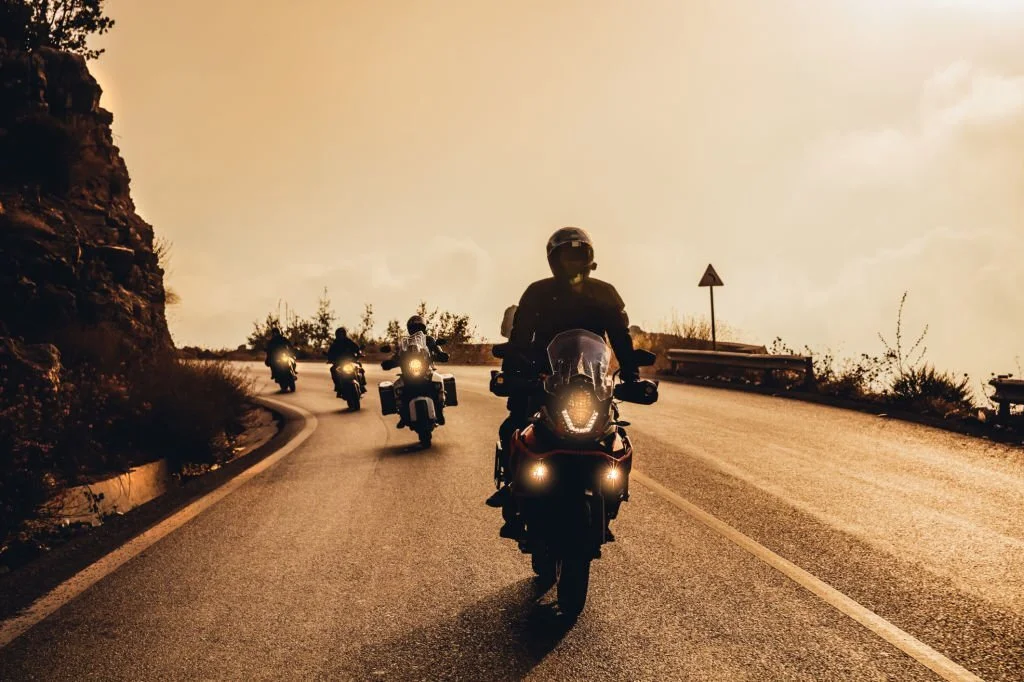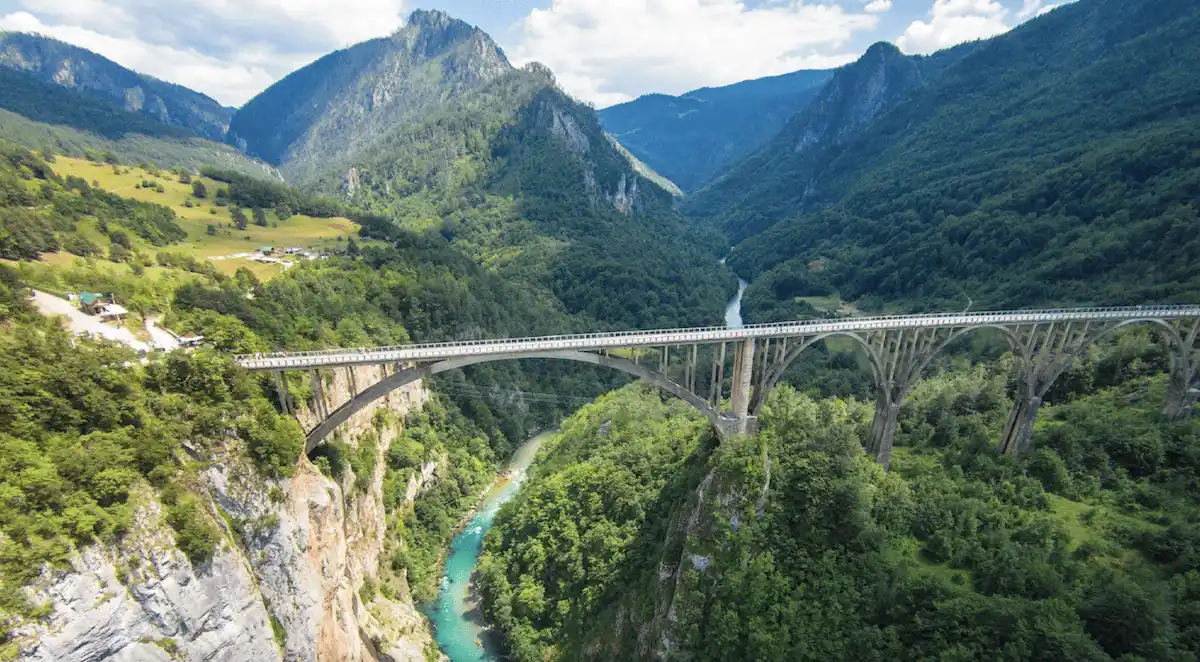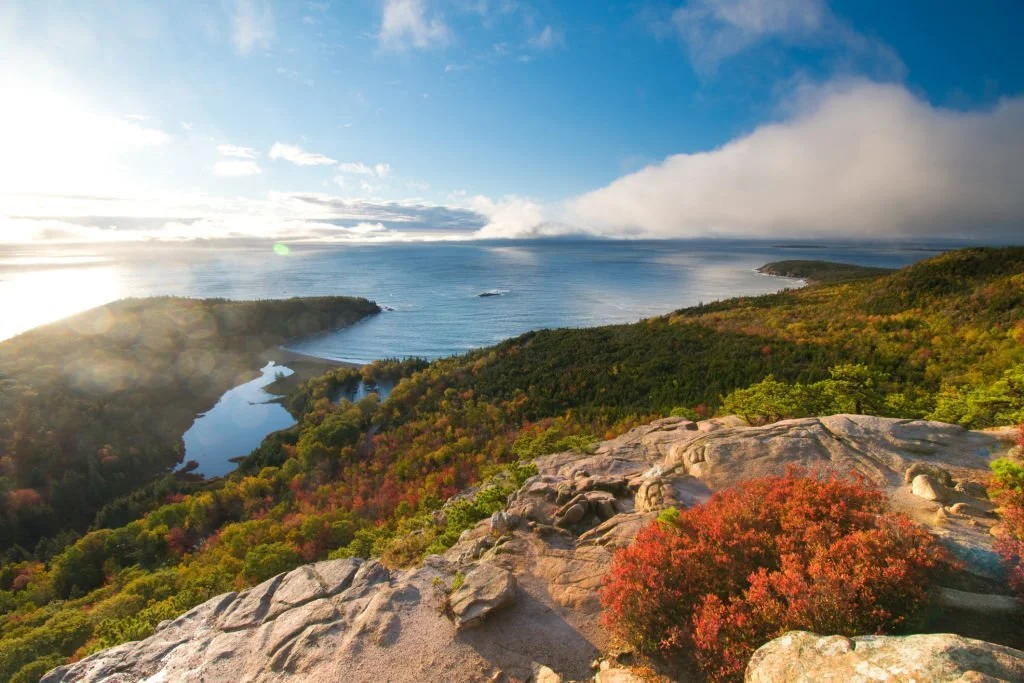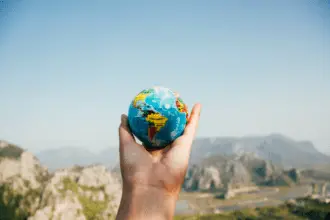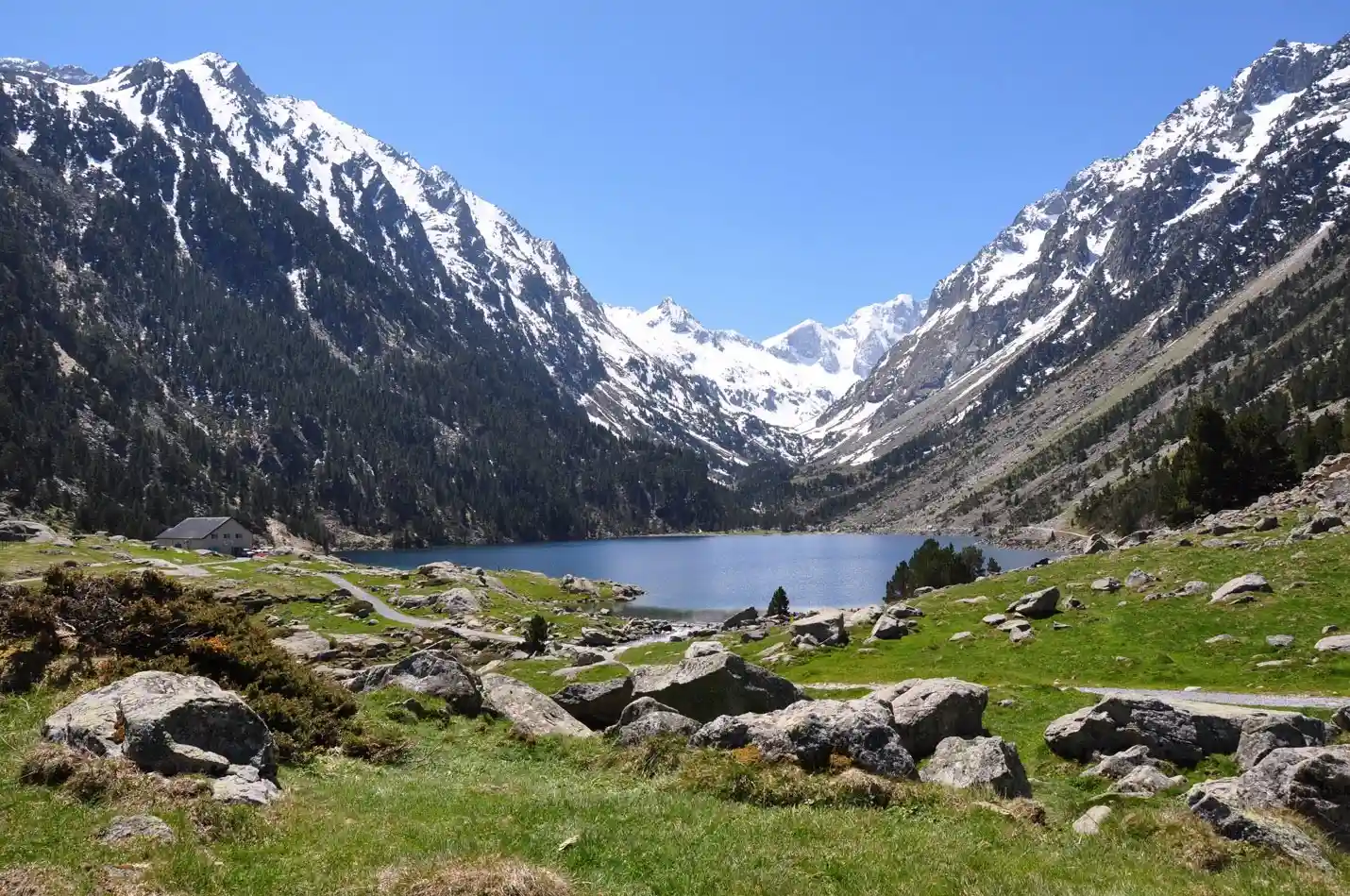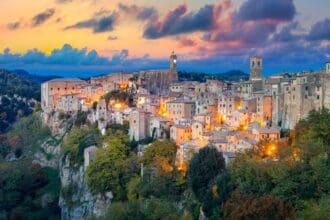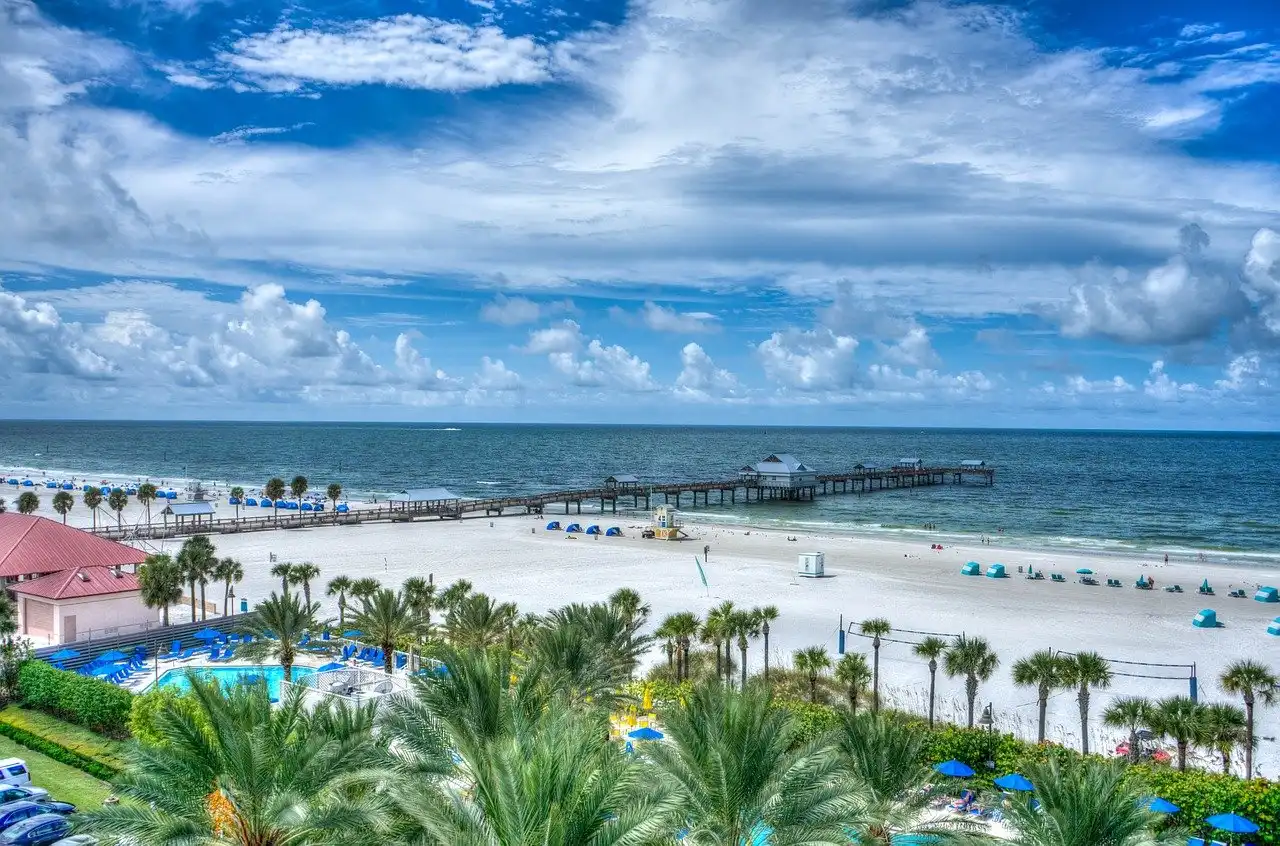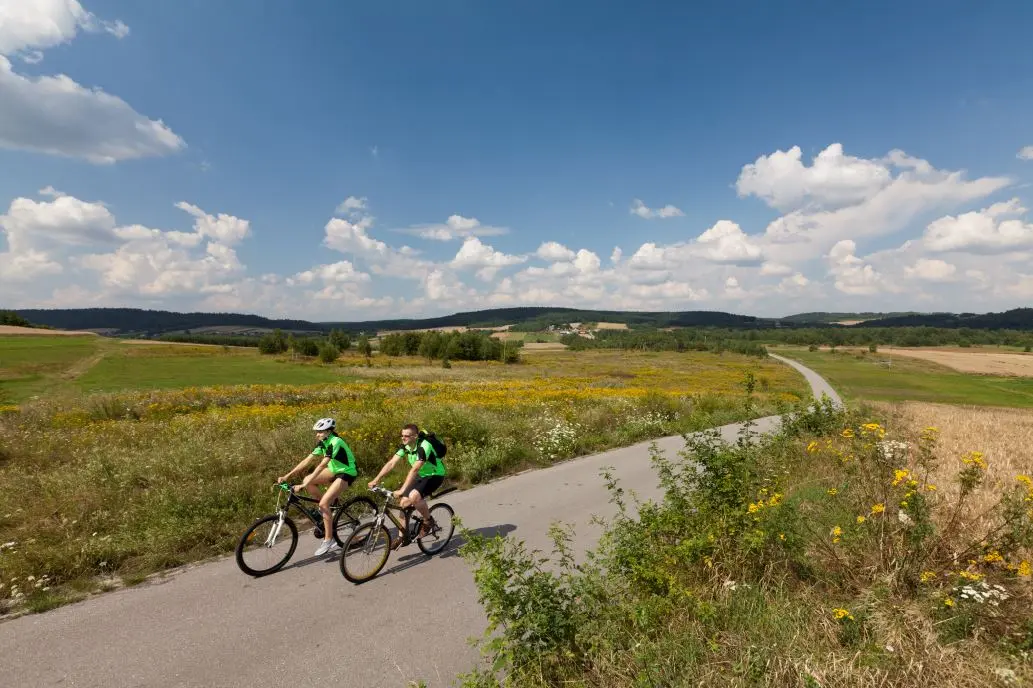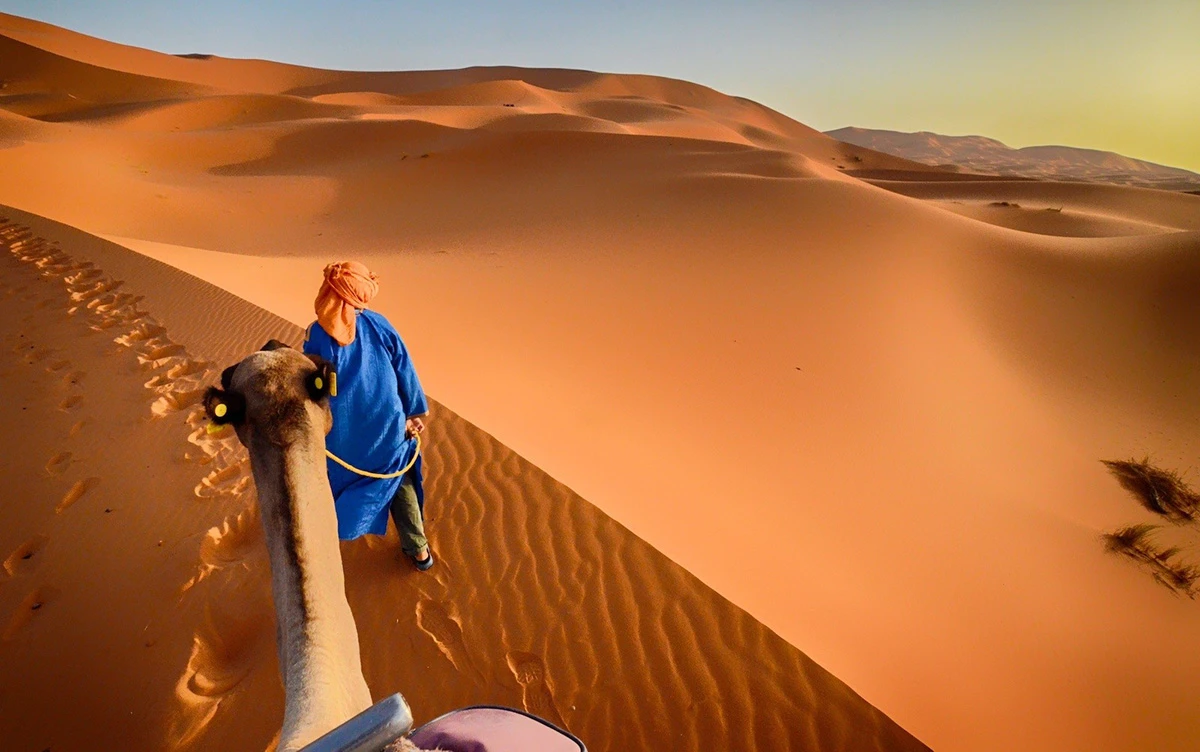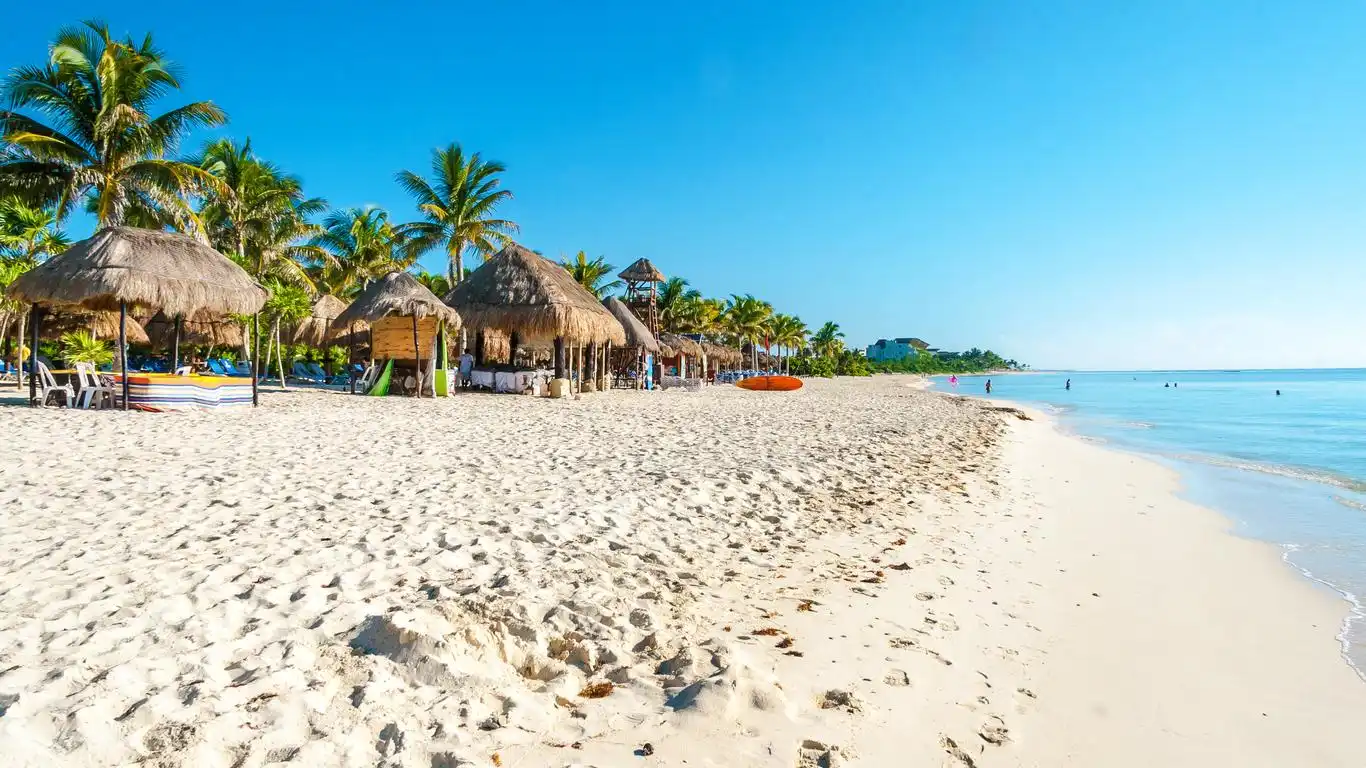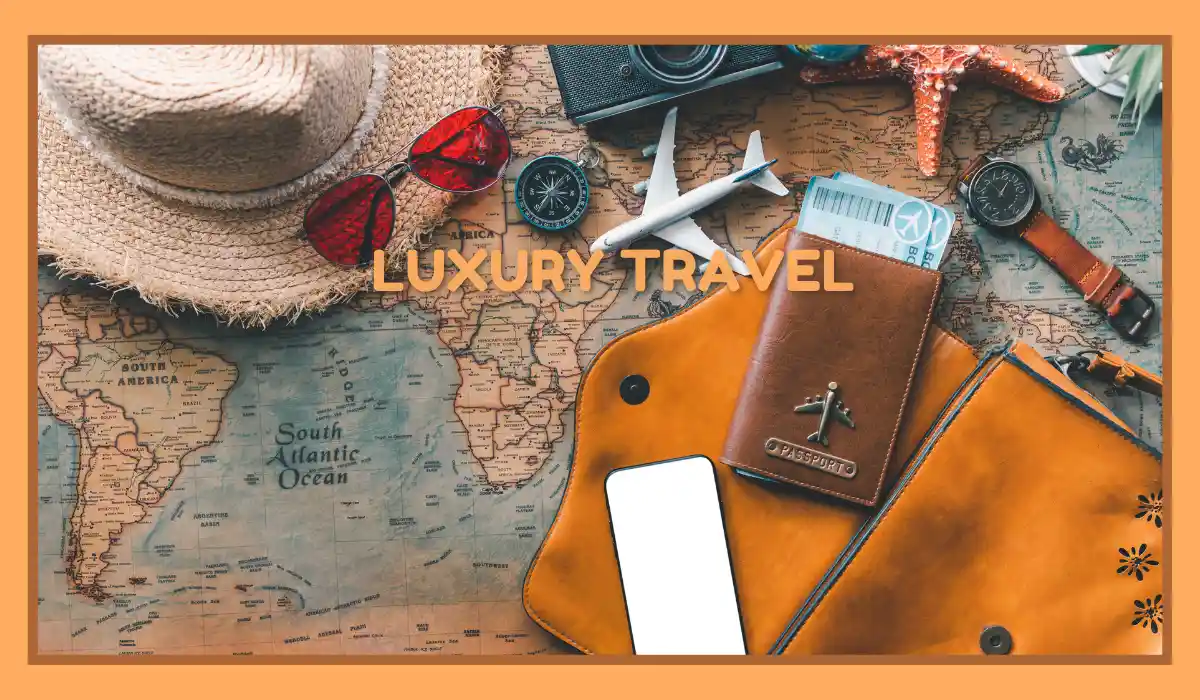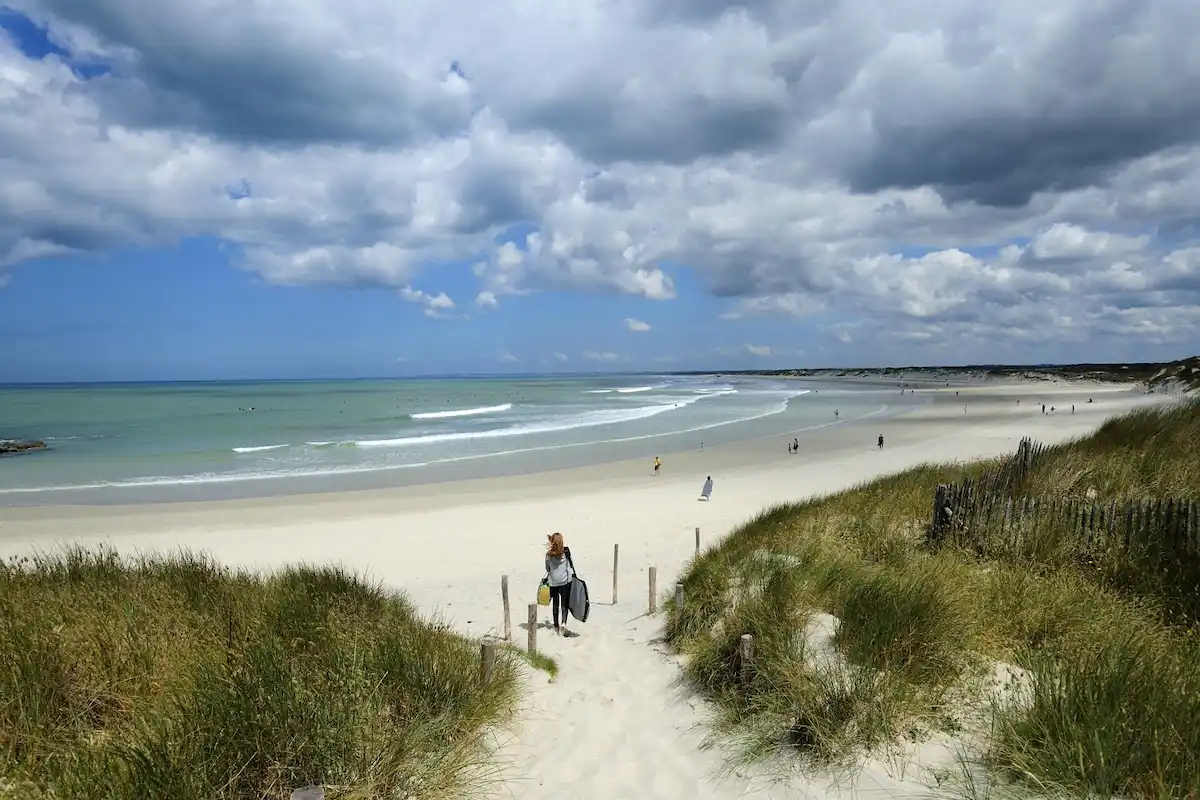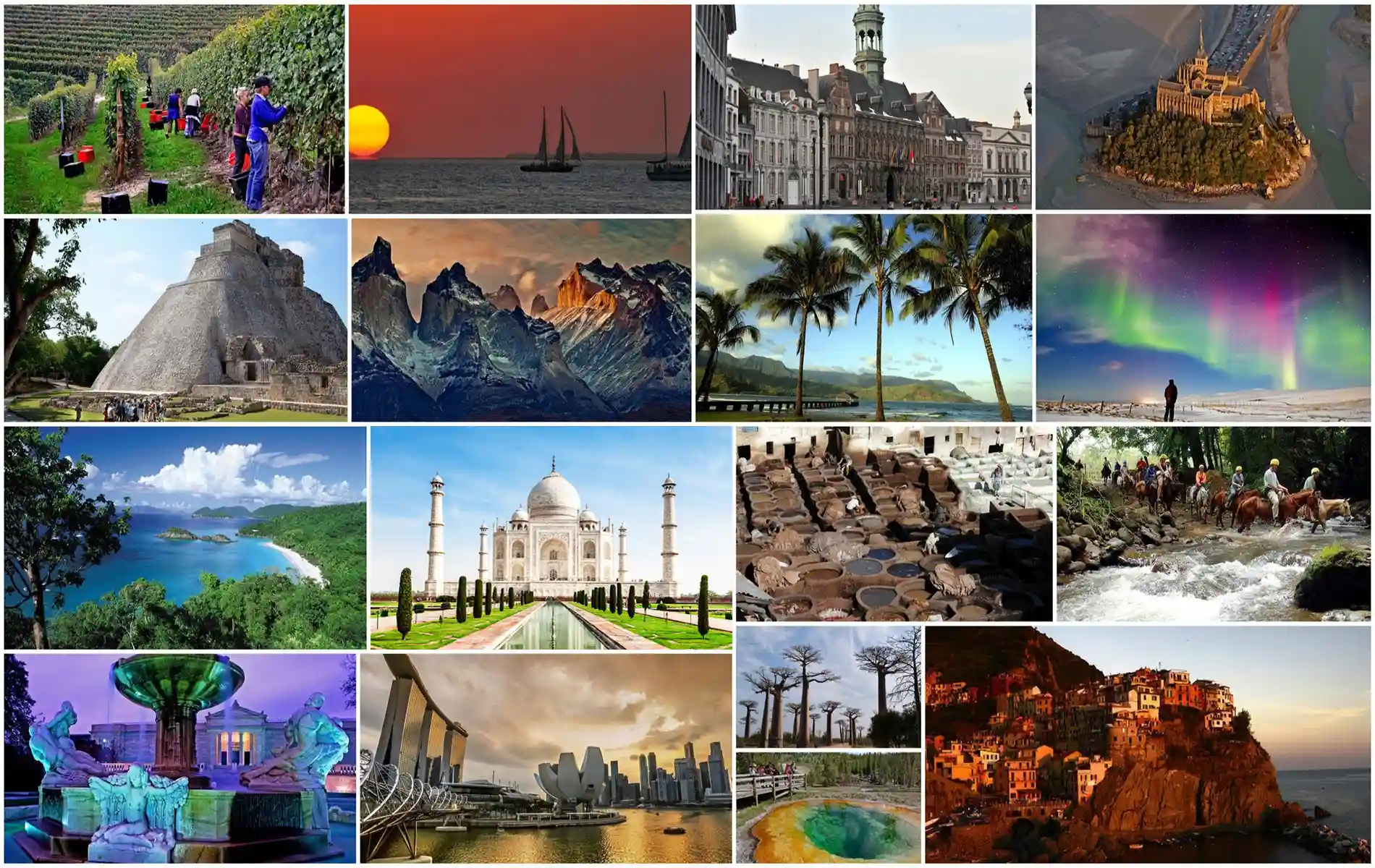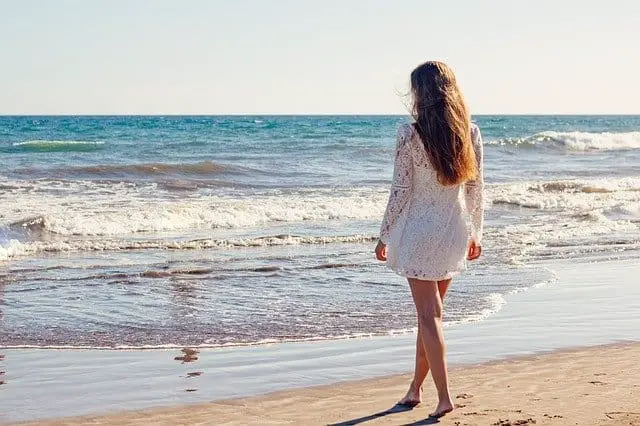Welcome to the mesmerizing world of wildlife photography in Kenya! This article will take you on a captivating journey through the diverse landscapes and incredible wildlife that Kenya has to offer. Known for its stunning diversity and wildlife richness, Kenya is one of the most sought-after destinations for photographers seeking to capture the raw beauty of nature. From the vast savannas of Maasai Mara to the unique ecosystems of the Great Rift Valley, Kenya’s wildlife diversity presents endless opportunities for breathtaking photography.
A Glimpse into Kenya’s Wildlife Diversity

Kenya is a true wildlife paradise, offering a combination of dramatic landscapes and an abundance of wildlife. The country’s geography is incredibly diverse, ranging from tropical rainforests and open savannas to arid deserts and coastal wetlands. This diversity of habitats provides a home for over 400 species of mammals and more than 1,000 species of birds. It is a haven for wildlife enthusiasts and photographers alike, making it an ideal destination for capturing some of the world’s most iconic species.
Kenya is home to the “Big Five” – the lion, leopard, elephant, buffalo, and rhinoceros. These magnificent animals can be spotted in several of the country’s well-known national parks and reserves, including Maasai Mara and Amboseli National Park. In addition to the Big Five, Kenya also boasts unique species such as the endangered Grevy’s zebra, reticulated giraffe, and over 1,000 bird species, making it a photographer’s dream.
The Maasai Mara National Reserve
Without a doubt, the Maasai Mara National Reserve is one of the most famous wildlife photography destinations in Kenya. This iconic reserve is located in the southwestern part of Kenya and is part of the larger Serengeti-Mara ecosystem. The Maasai Mara is world-renowned for its vast plains and incredible wildlife, particularly during the annual Great Migration. From July to October, millions of wildebeest, zebras, and gazelles migrate from the Serengeti in Tanzania to the Maasai Mara in search of greener pastures, making it one of the most dramatic wildlife events in the world.
For photographers, the Maasai Mara is a treasure trove of photographic opportunities. The rolling grasslands offer perfect settings for capturing dramatic wildlife shots, including thrilling predator-prey interactions. The Mara is also home to large prides of lions, elusive leopards, and cheetahs, all of which provide plenty of chances for photographers to capture dynamic action shots.
Amboseli National Park
Nestled at the foot of Mount Kilimanjaro, Amboseli National Park is one of Kenya’s most iconic wildlife photography destinations. Known for its breathtaking vistas and dramatic landscapes, Amboseli is particularly famous for its large herds of elephants. These majestic creatures are often seen wandering through the park with the stunning backdrop of Mount Kilimanjaro towering in the distance, creating an ideal scene for capturing striking wildlife photographs.
Aside from elephants, Amboseli is also home to cheetahs, giraffes, and various species of birds, making it a rich and diverse location for wildlife photography. The park’s open plains and marshes are perfect for getting clear, unobstructed shots of the animals, allowing photographers to focus on capturing the essence of their subjects in the wild.
Wildlife Photo Kenya
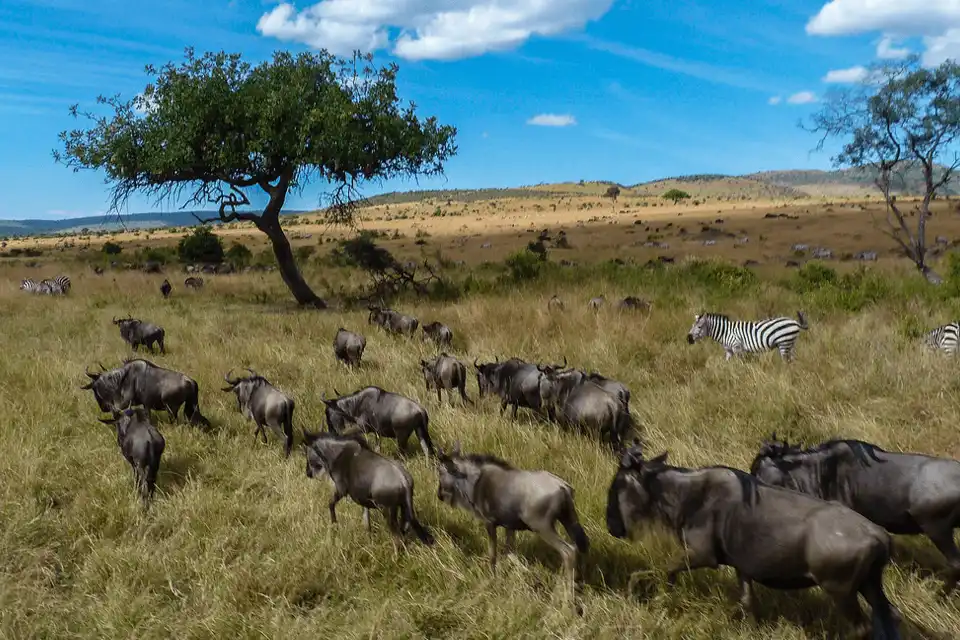
Kenya’s diverse landscapes and abundant wildlife make it a haven for photographers, and the “Wildlife Photo Kenya” experience offers a chance to witness the African Big Five – lions, leopards, elephants, buffalo, and rhinoceros – in their natural habitats. Whether you’re an experienced photographer or a beginner, Kenya offers incredible opportunities to capture wildlife in all its raw beauty.
With professional guides leading your safari, you’ll be able to capture close-up shots of wildlife, from majestic elephants grazing peacefully to lions resting under the shade of acacia trees. The guides provide invaluable knowledge, ensuring that you can get the perfect shot while maintaining the safety and respect of the animals.
Wildlife Photo Kenya isn’t just about taking pictures; it’s about connecting with nature. The safari experiences are designed to help you witness animal behavior up close, allowing you to capture moments that tell stories of survival, love, and the beauty of the natural world. Each image you take is a reminder of the incredible species and ecosystems that must be preserved for future generations.
Exploring the Kenyan Wilderness
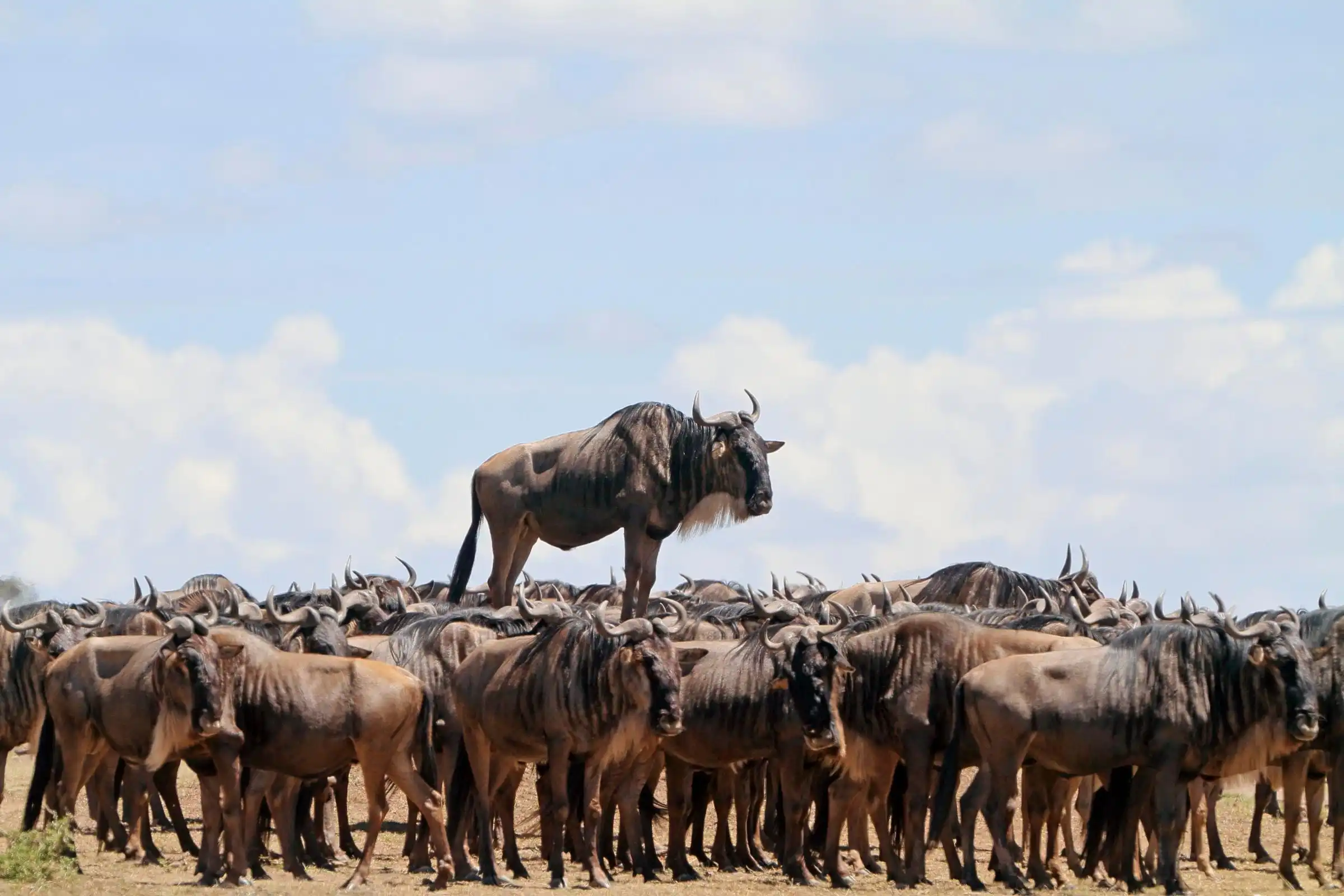
Kenya’s lesser-known wildlife reserves and national parks offer some of the best and most unique experiences for wildlife photography. Samburu National Reserve, located in the northern region of Kenya, is home to unique species such as the Grevy’s zebra, reticulated giraffe, and Somali ostrich. These animals, along with the iconic elephants and lions, offer incredible photographic opportunities in a starkly beautiful environment.
In addition to Samburu, other parks like Tsavo and Meru National Park offer access to more remote and rugged landscapes, with fewer tourists and more opportunities for intimate wildlife photography. These parks are perfect for capturing less-visited species and uncovering hidden gems of Kenya’s wildlife.
The golden hour, shortly after sunrise and before sunset, provides the best natural lighting for photography. The warm, soft light enhances the colors and textures of the animals and landscapes, giving your photos a magical and ethereal quality. This is the perfect time to capture intimate portraits of wildlife, such as a lioness grooming her cubs or a herd of elephants silhouetted against a fiery African sunset.
Photography Tips and Techniques
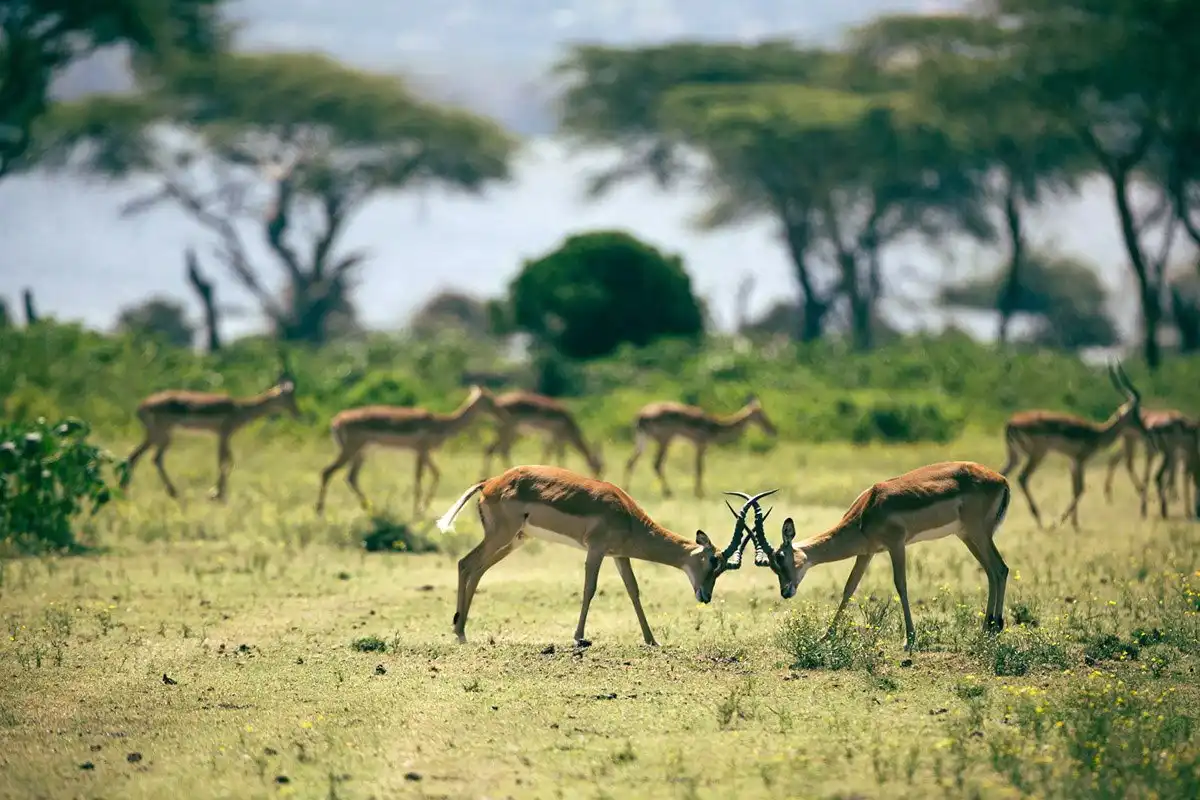
To capture the true essence of Kenya’s wildlife, you need more than just technical skills; you need patience, understanding, and an eye for detail. Here are some tips to help you take exceptional wildlife photos during your trip to Kenya:
- Understand Animal Behavior: Spend time observing animal behavior and learning about the species you’re photographing. Understanding how animals move, feed, and interact can help you anticipate exciting moments and prepare for that perfect shot.
- Use the Right Gear: A quality DSLR camera with a telephoto lens (200mm or more) is essential for capturing wildlife from a distance without disturbing them. A wide-angle lens is also useful for photographing landscapes and animal groups in their natural environment. A sturdy tripod will help ensure your shots are sharp, especially in low light conditions.
- Shoot in RAW: Shooting in RAW allows you to capture more detail in your images, which can be useful during post-processing. It’s particularly important when photographing wildlife, as it allows you to adjust exposure and sharpness without losing quality.
- Patience is Key: Wildlife photography requires a great deal of patience. Animals may not always be in the perfect position for a photograph, so take your time and be prepared to wait for the right moment. Sometimes, the best shots happen when you least expect them.
- Ethical Photography: Always maintain a respectful distance from wildlife, never disturb the animals, and follow the ethical guidelines of the park or reserve you’re visiting. Your goal should always be to capture the beauty of nature without causing harm to the environment or its inhabitants.
Protecting Kenya’s Wildlife for Future Generations
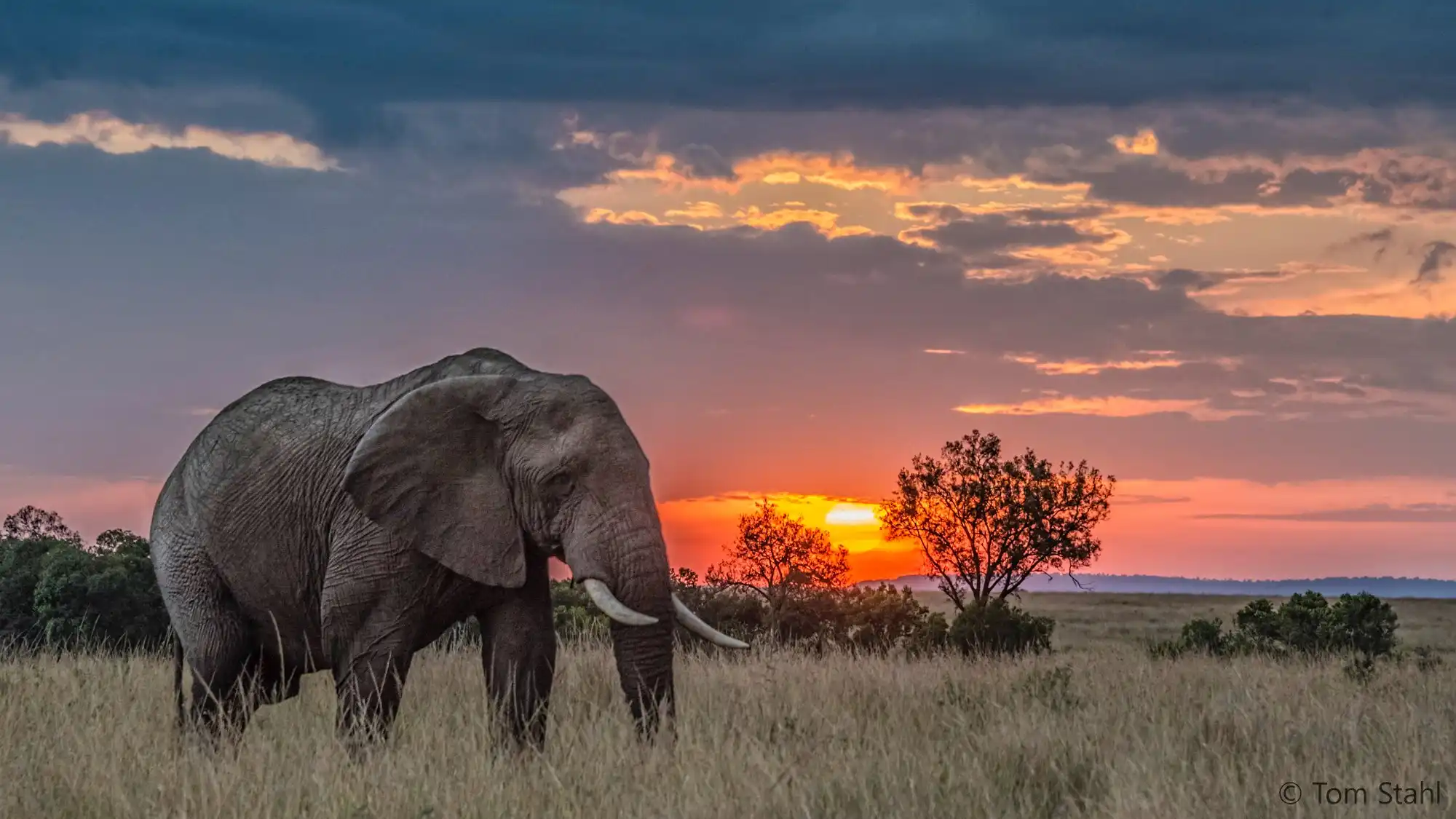
Kenya’s wildlife is a national treasure, and it is our responsibility as travelers to ensure its protection for future generations. Sustainable tourism plays a crucial role in preserving Kenya’s biodiversity and supporting the local economy. Here are a few ways to contribute positively:
- Support Local Conservation Efforts: Many local organizations work tirelessly to protect wildlife and their habitats. By donating to these groups or participating in their programs, you can directly contribute to the preservation of Kenya’s natural heritage.
- Choose Ethical Tour Operators: Look for tour operators who prioritize conservation and ethical practices. Many of these operators reinvest a portion of their profits into local conservation projects, making your safari a meaningful and responsible experience.
- Practice Sustainable Tourism: Avoid littering, respect wildlife habitats, and support eco-friendly accommodations and tours that emphasize sustainability. Sustainable tourism ensures that Kenya’s wildlife continues to thrive for generations to come.
Conclusion
Kenya offers a wildlife photography experience unlike any other. From the world-famous Maasai Mara to the lesser-known reserves like Samburu and Amboseli, Kenya’s diverse landscapes and abundant wildlife create an unforgettable setting for photographers. With its breathtaking views, dramatic lighting, and diverse ecosystems, Kenya promises to deliver an experience that will remain etched in your memory forever.
By practicing ethical photography and supporting conservation efforts, you help ensure that Kenya’s wildlife continues to thrive. Whether you’re photographing the Big Five or capturing the essence of a leopard stalking through the grass, every image tells a story of nature’s resilience and beauty.
FAQs
- What is the best time to visit Kenya for wildlife photography? The best time to visit Kenya is during the dry season from June to October, as this is when the Great Migration occurs and wildlife is easier to spot. Additionally, the dry season provides optimal conditions for photography with clear skies and vibrant landscapes.
- Do I need a guide for wildlife photography in Kenya? It’s highly recommended to hire a local guide who is familiar with the animals and terrain. A guide can help you find the best wildlife sightings, ensure safety, and enhance your understanding of animal behavior, ultimately leading to better photos.
- What gear is essential for wildlife photography in Kenya? A DSLR camera with a telephoto lens (200mm or higher), a wide-angle lens for landscapes, and a tripod are essential for capturing sharp, high-quality images. It’s also a good idea to bring extra memory cards and batteries.
- Can I photograph marine life in Kenya? Yes, the coastal regions of Kenya, such as Diani and Watamu, offer excellent opportunities for marine life photography. You can capture dolphins, humpback whales, and vibrant coral reefs, adding another layer to your wildlife photography experience.
- How can I contribute to wildlife conservation in Kenya? Support wildlife conservation by donating to local NGOs, choosing eco-friendly tour operators, and adhering to ethical practices while photographing animals. Supporting sustainable tourism helps protect Kenya’s wildlife for the future.

